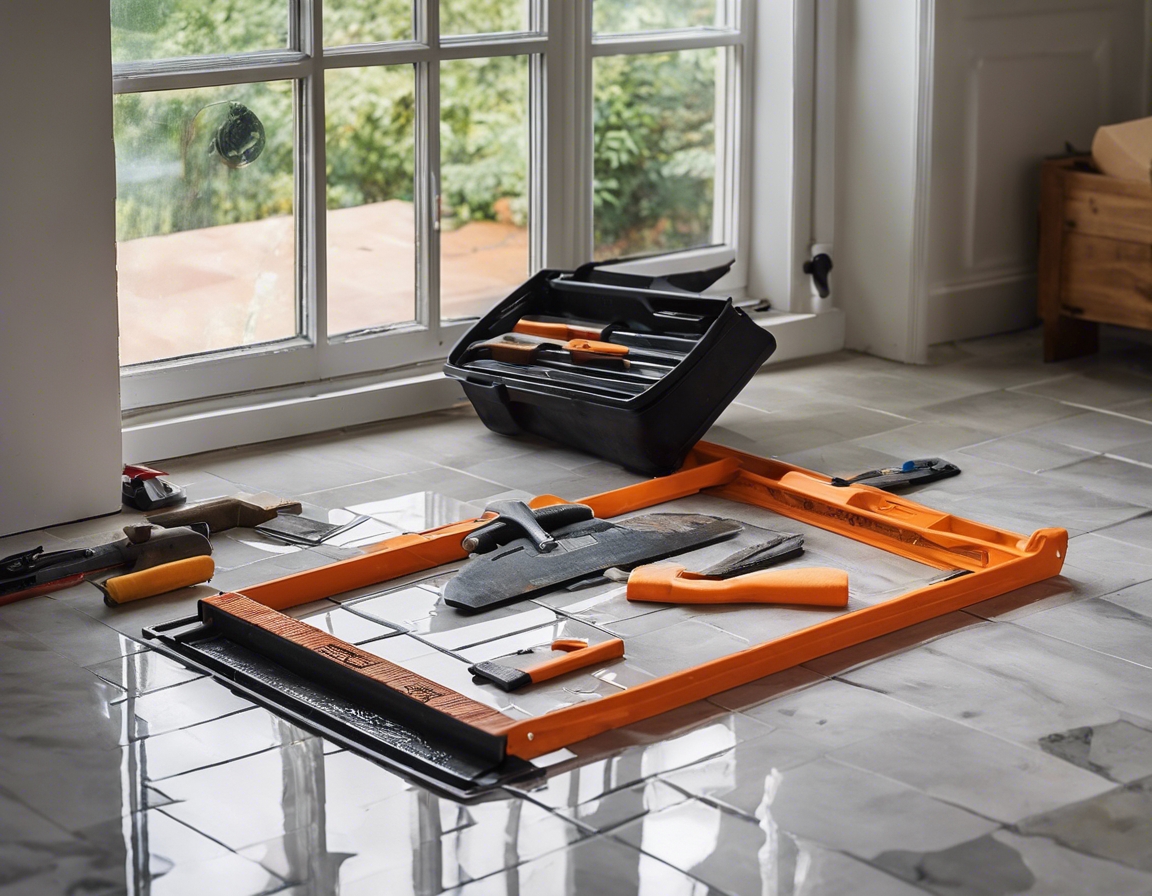The ultimate guide to choosing the right tiles for your space
Choosing the right tiles for your space is a crucial decision that affects both the functionality and the aesthetic appeal of your environment. Whether you're a property developer, construction contractor, or homeowner, understanding the nuances of tile selection can transform your project into a masterpiece.
Understanding Different Tile Materials
Ceramic tiles are a popular choice due to their versatility and cost-effectiveness. They come in a variety of colors and patterns, suitable for walls and floors in less traffic-intensive areas.
Porcelain tiles are known for their durability and water resistance, making them ideal for bathrooms, kitchens, and high-traffic areas.
Natural stone tiles, such as marble, granite, and slate, bring a unique beauty to any space but require more maintenance and can be more expensive.
Glass tiles add a modern touch and can create a sense of depth and light in a room. They are often used as accent pieces or in backsplashes.
Cement tiles offer a vintage look and are known for their durability and design flexibility. They are perfect for adding character to any space.
Metal tiles can provide a sleek, contemporary look and are often used in modern kitchen and bathroom designs.
Wood look tiles offer the warmth and appearance of wood with the durability of tile, suitable for areas where moisture might be an issue for real wood.
Considering Tile Durability and Usage
The Porcelain Enamel Institute (PEI) rating system helps you determine the hardness and durability of tiles, ensuring you choose a tile that can withstand your space's traffic.
Understanding a tile's water absorption rate is essential for areas prone to moisture, as it affects the tile's longevity and maintenance needs.
For safety, it's important to consider the slip resistance of tiles, especially in wet areas like bathrooms and kitchens.
Design and Aesthetic Considerations
The color and pattern of your tiles can set the tone for your space. Lighter colors can make a room feel larger, while darker hues create a more intimate atmosphere.
The size and shape of tiles can drastically affect the perception of space in a room. Larger tiles can make a small room appear bigger, while smaller tiles are better for intricate designs.
The texture and finish of your tiles can contribute to the overall feel of the room. Glossy finishes reflect light and add brightness, while matte finishes provide a more subdued, elegant look.
Grout color and width can significantly impact the final appearance of your tiled area. Choosing the right grout can complement your tiles and enhance the design.
Practical Aspects of Tile Installation
Accurate measurements are key to purchasing the correct amount of tiles and ensuring a seamless installation process.
Selecting the proper adhesive and tools is essential for a successful tile installation. Different materials and areas require specific types of adhesives.
Professional installation techniques can make a significant difference in the longevity and appearance of your tiled surfaces.
Maintenance and Care for Your Tiles
Regular cleaning and sealing are necessary to maintain the beauty and integrity of your tiles over time.
Understanding how to properly repair and replace tiles can save you time and money, ensuring your tiled surfaces remain pristine for years to come.





Comments (0)